Everything You Want to Know About Herbals and Tisanes

Herbal teas, also known as herbal infusions, are typically a blend of herbs, flowers, spices and dried fruit. The important thing to remember is that herbal teas, or tisanes as they are also known, are not derived from the Camellia sinensis plant that other teas originate from. This makes them neither worse or better— just different!
Whether you call them herbal teas, tisanes (pronounced “tea-zahn”), botanicals or infusions, they’re all basically the same. While “infusion” is a method of preparing tea, also known as “steeping,” these botanical teas are often referred to as “herbal infusions” in reference to the drink itself. No matter what you call them, herbal teas remain just as popular today as they were in ancient China and Egypt— and for good reason. In addition to the potential health benefits that many believe herbal teas have, for decaf fans, herbals offer a wide range of flavors that are generally caffeine-free (although there are some types of herbal teas that have caffeine; more on this later).
Also, remember that even though a lot of herbs are green, green tea is not herbal tea. Green tea also comes from the Camellia sinensis plant, making it a “true tea.” Also, green tea is caffeinated, while as we mentioned, the vast majority of herbals are not. So, herbs may be green, but green tea is not an herbal tea. Got it?
Herbal Teas Go Waaaay Back
Herbal teas go back thousands of years. Ancient texts from China and Egypt have documented the use of herbal teas for medicinal purposes. Wherever there were plants, roots and herbs, our ancestors saw an opportunity to use them to create herbal teas. The Chinese in particular were huge fans of herbal teas as medicinal treatments and to enhance health overall. They refer to tisanes as “liang cha” which means “cooling tea.” One of its uses in China is to cool down the body when it becomes overheated.
Even the word “tisane” has Greek roots, coming from the Greek word “ptisane” which means peeled or crushed barley. The word was modified into the French “tisane” as it morphed into the crushing, cutting and tearing of a variety of botanicals to create herbal teas.
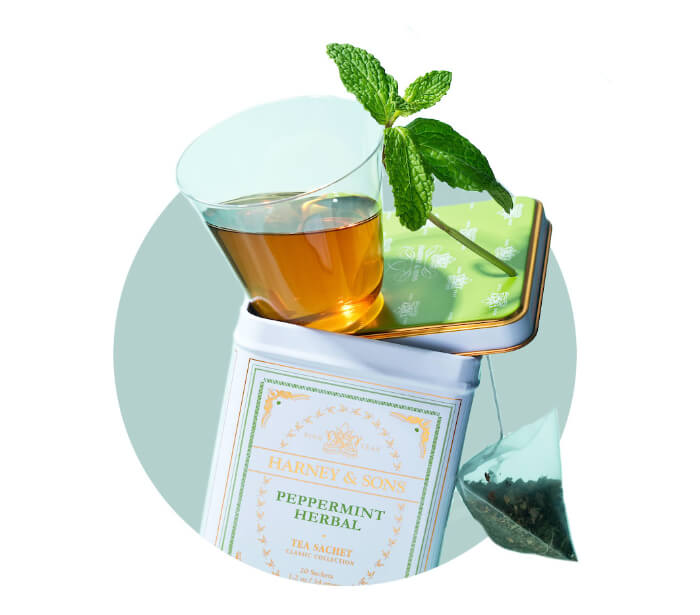
Benefits of Herbal Teas
As evidenced by history, herbal teas have many beneficial properties, each depending on the type of ingredients used in the tea. Among the benefits of just some of the popular ingredients used in tisanes, along with examples of some of our herbal teas with those good-for-you ingredients:
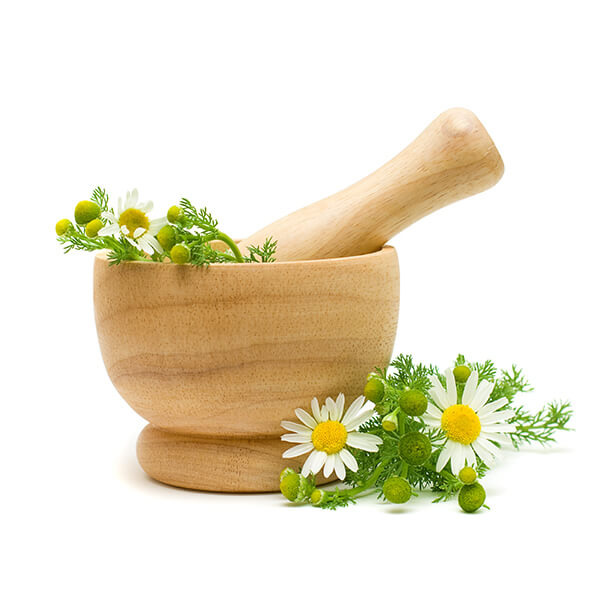
A wonderful calming herb, especially good for drinking before bedtime. Chamomile,Yellow & Blue with chamomile and lavender, and Lull Away.
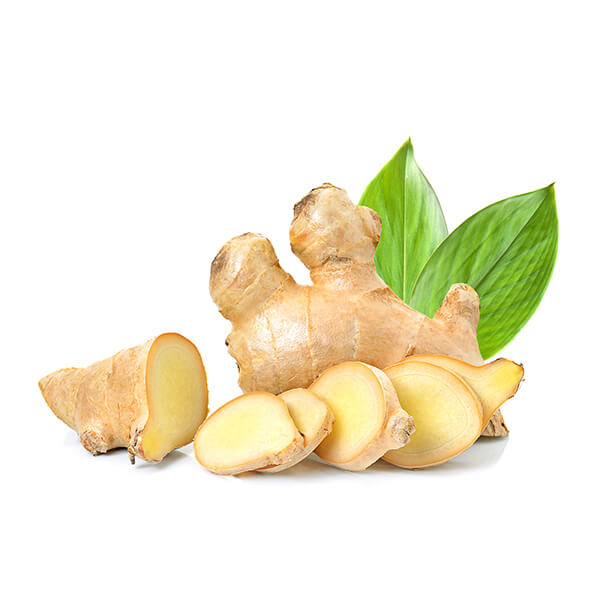
Known for its nausea-calming properties. Ginger, Ginger Liquorice.
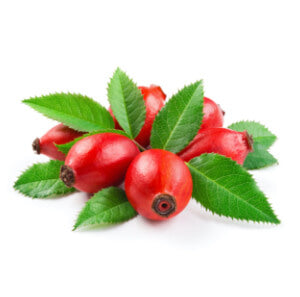
Full of vitamin C. Blood Orange, Lemon Herbal, Indigo Punch, Orange Passion Fruit.
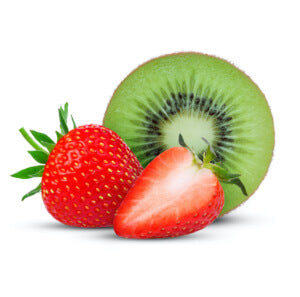
Vitamin C and antioxidants. Strawberry Kiwi Fruit Tea and Berry Young.
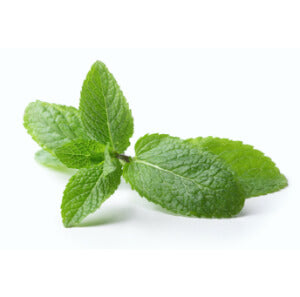
In addition to aiding with upset tummies, also a soothing phlegm fighter when you have a cold. Peppermint Herbal, Mint Verbena.
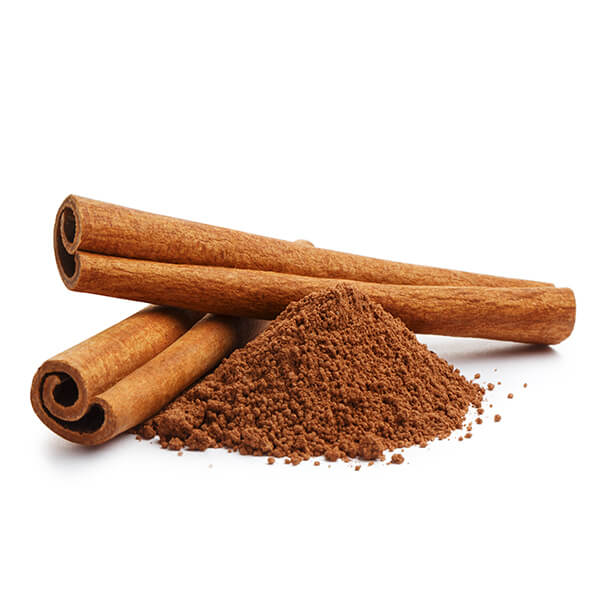
Warms the body and helps clear congestion. Herbal Hot Cinnamon Spice.
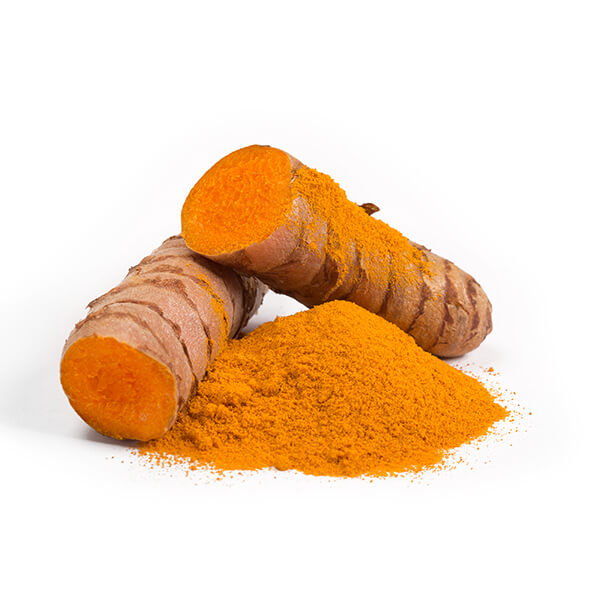
This spice is the main spice used in curry, but the plant’s root is often used to make medicine. Turmeric contains curcumin, a chemical that is thought to help with inflammation. Organic Ginger Turmeric, Golden Milk Glimmer.
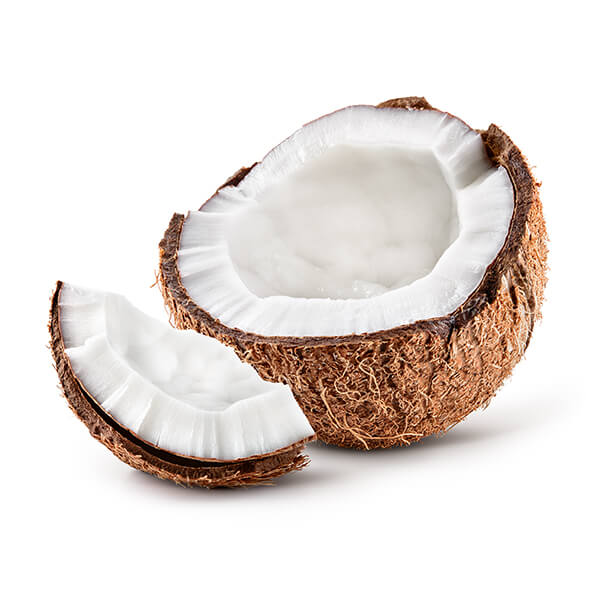
Once a widely maligned food, coconut has been rediscovered as having some very beneficial properties. It is a powerhouse of manganese, which is essential for bone health, as well as many other nutrients. Hemp Moringa Deep Sleep Tea.
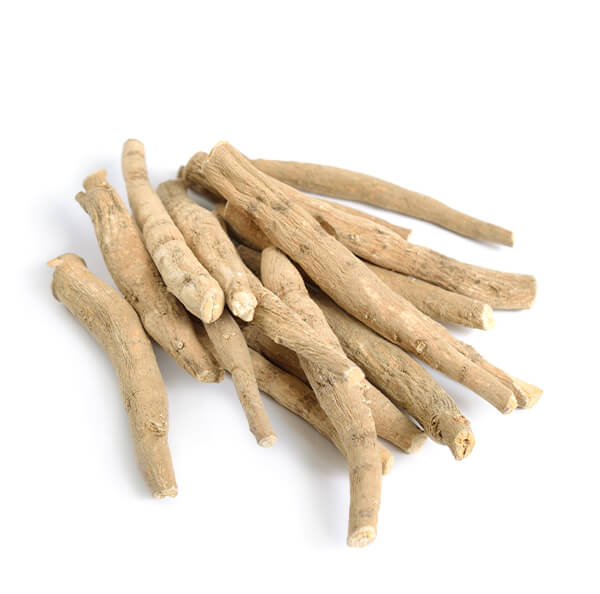
For centuries, Ashwagandha root has been used in supplements to provide rich antioxidants and naturally boost immunity. Chaga Wonder.
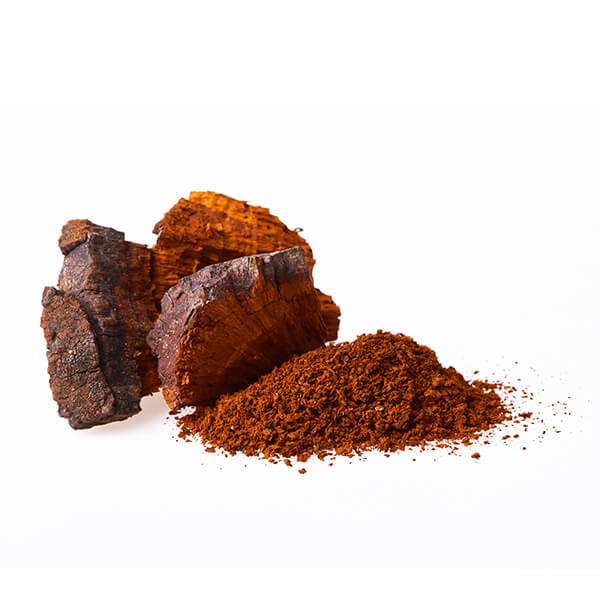
Canadian Chaga mushrooms are an adaptogen with all-natural properties that help the body reduce stress. Chaga Chai Nourish.

